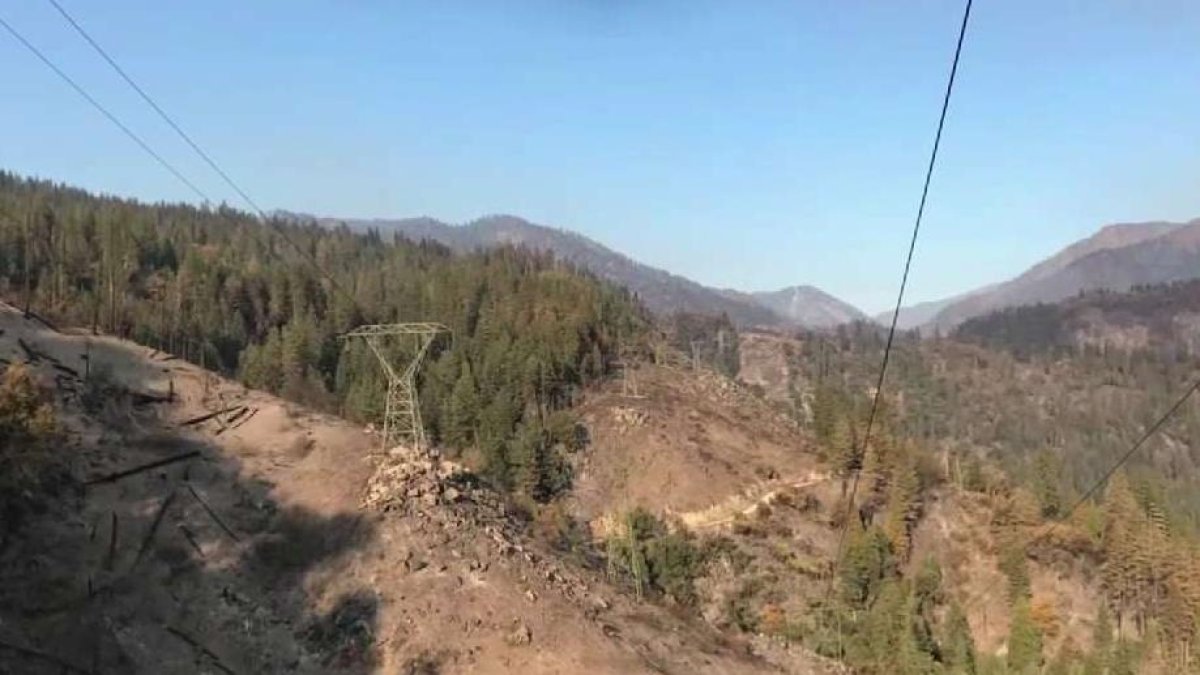
In its response to a federal judge about NBC Bay Area’s Investigative Unit report of last week, PG&E said Thursday that while two worn hooks failed strength tests back in 1987, such hooks had not been regularly failing like the one that sparked the deadly Camp fire.
U.S. Judge William Alsup ordered the company to answer for the unit’s story revealing that two worn hooks had failed 1987 strength tests. In its reply, the company admitted the findings, but said such hooks were not a major problem and had not been highlighted in its inspection program.
"PG&E denies the conclusions drawn in the NBC Bay Area article, including that PG&E 'was aware of a big problem and did nothing to solve that problem' or that it 'knew there was a problem for 30 years,'" according to the filing the company made to Alsup.
Still, the company was unable to show the judge any evidence it did anything about the 1987 report. It has not been able to find the results of tests that had been ordered at the time on unworn hooks, given that one of them failed during tests along with the old, worn hooks. The unworn hook failed at lower stress, the company said.
The hooks that failed the tests were taken from a transmission line in Contra Costa County near Rodeo – where at least one dangerously worn hook was found during inspections after the Camp Fire.
Critics said the test failures back in 1987 were a red flag that should have prompted the company to inspect its entire system, given the apparent fire danger. They say the company’s response Thursday does not explain how it failed to either do testing or inspections to look for wear on other worn hooks.
"It would be hard to think of any response that could be any more ridiculous than that," said Robert Cagen, a retired CPUC regulatory lawyer who was interviewed for the earlier story about PG&E’s court filing Thursday.
Local
"When you have hooks that are worn and dangerous, you look for other worn and dangerous hooks on your system. That’s how safety is achieved."